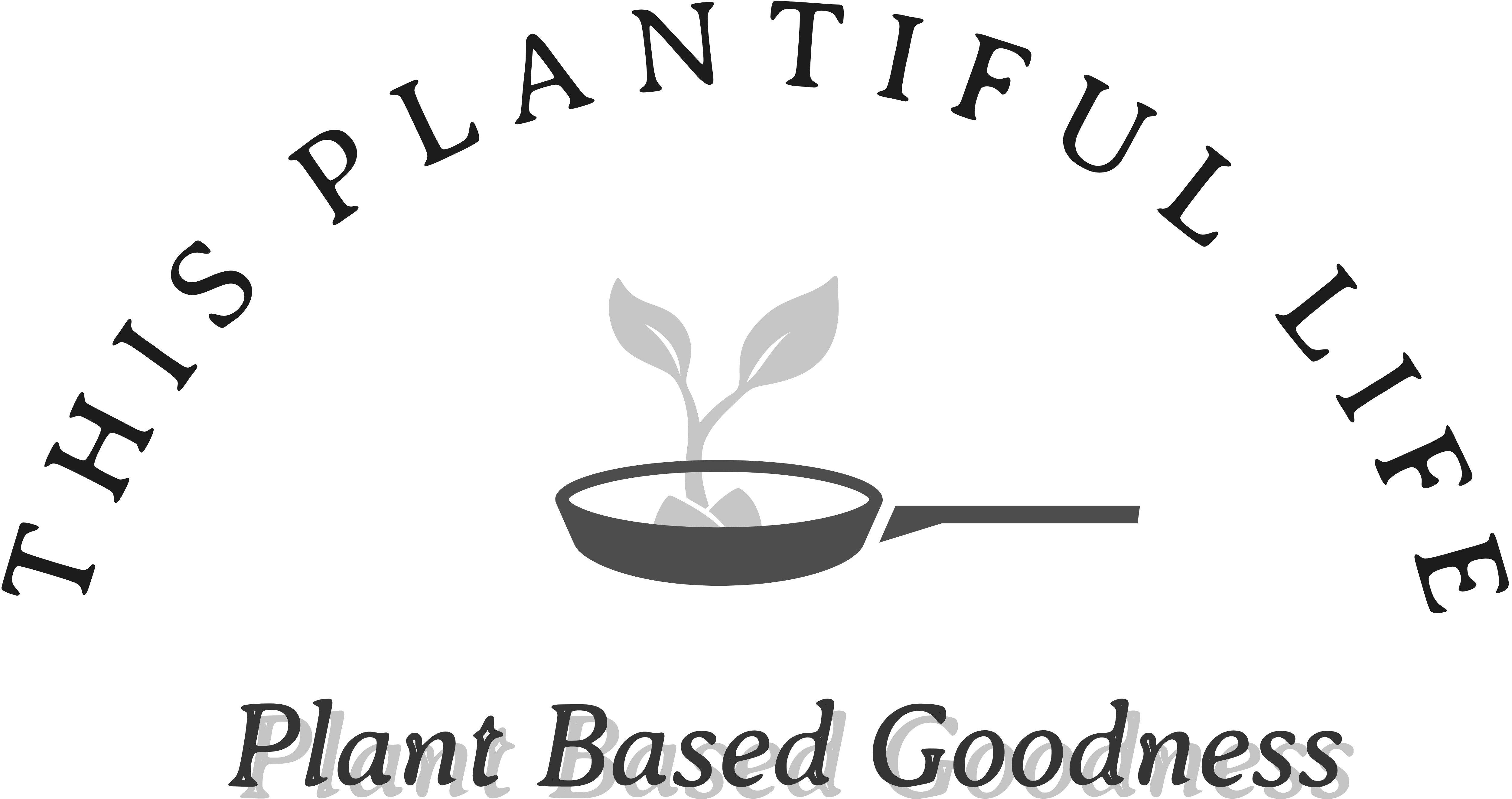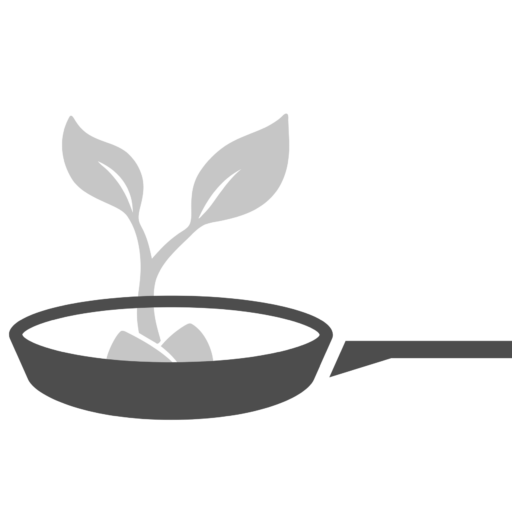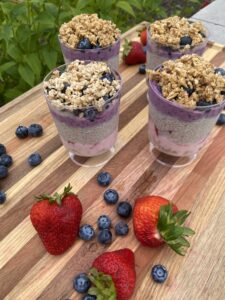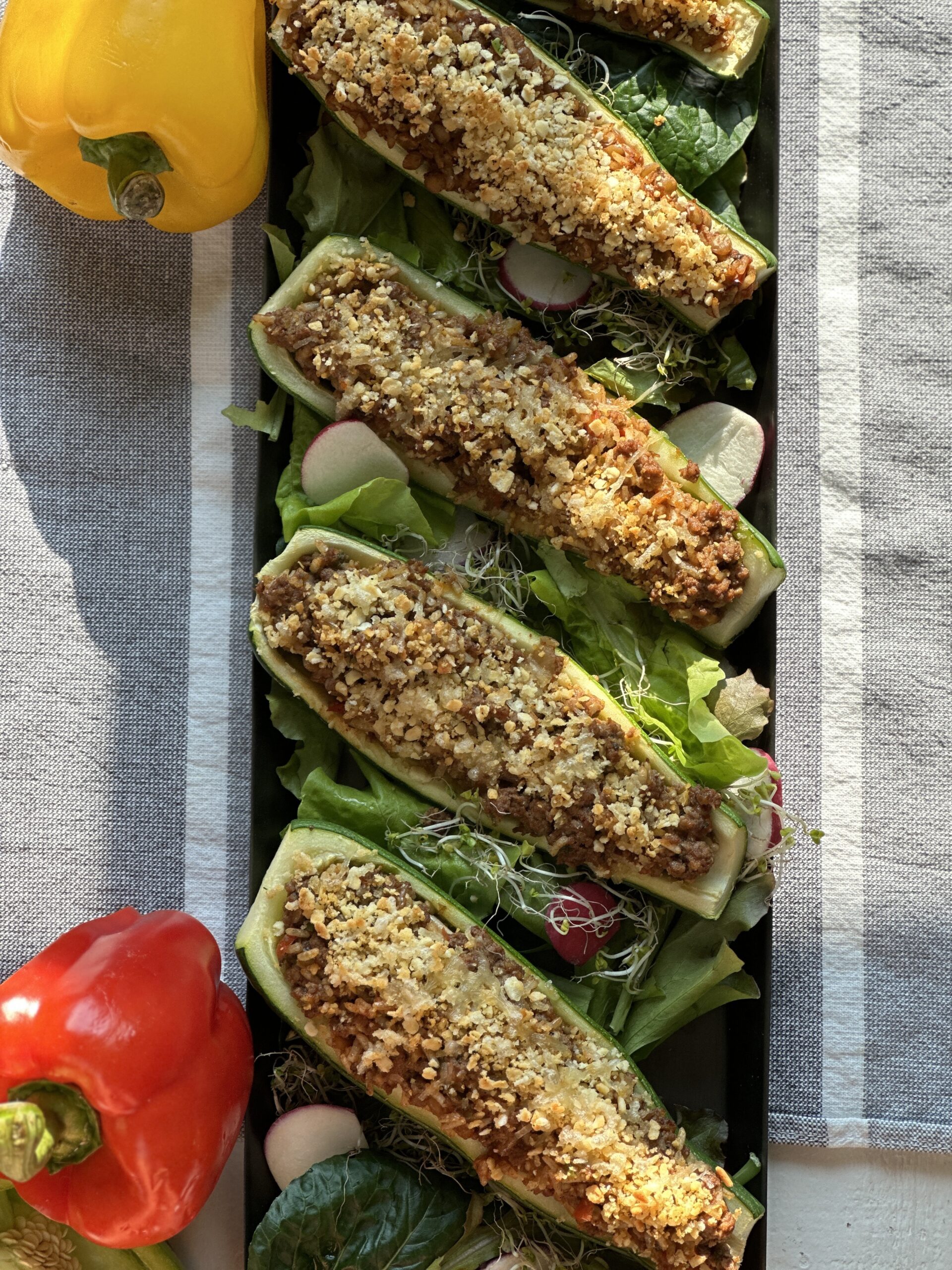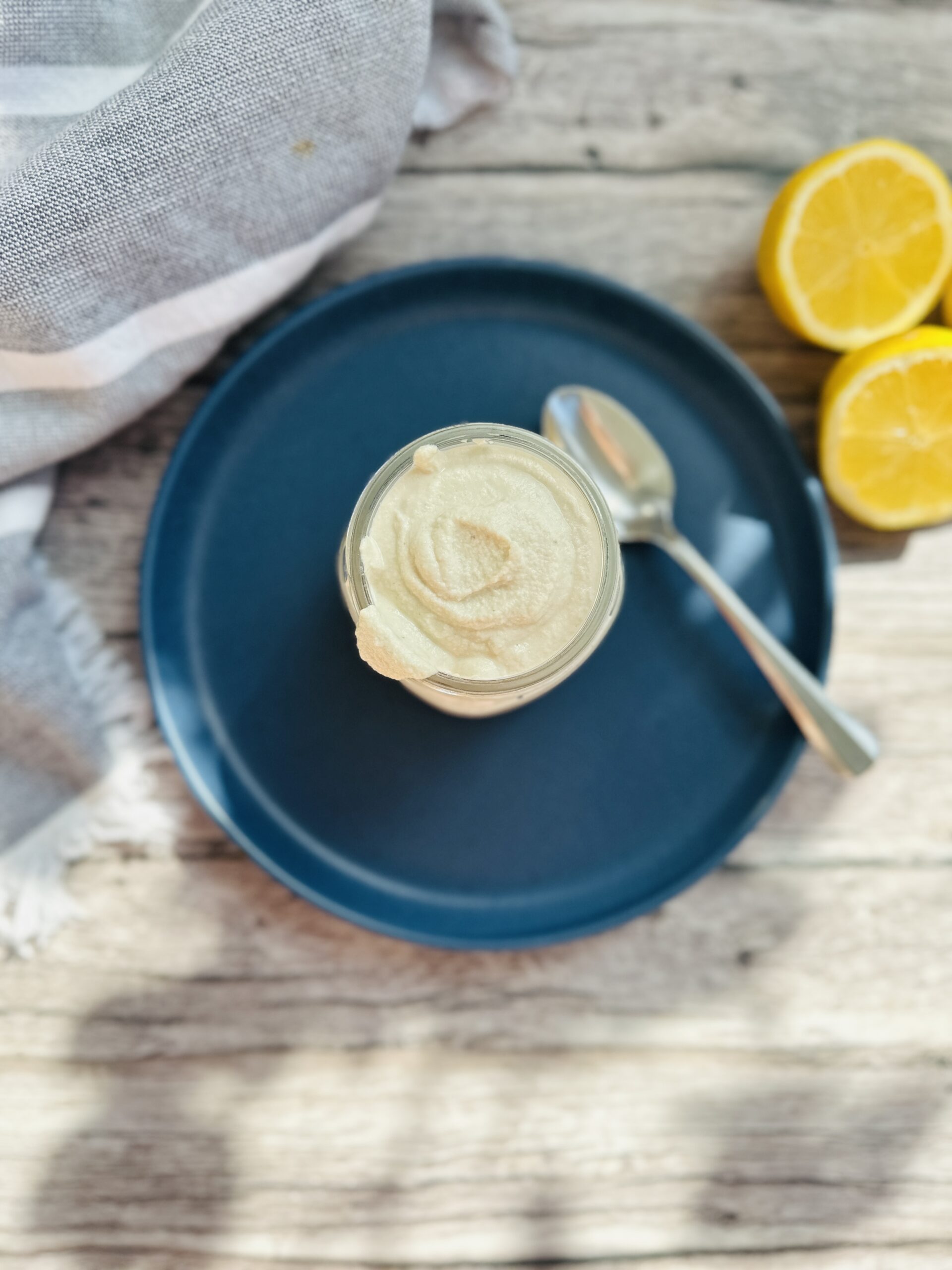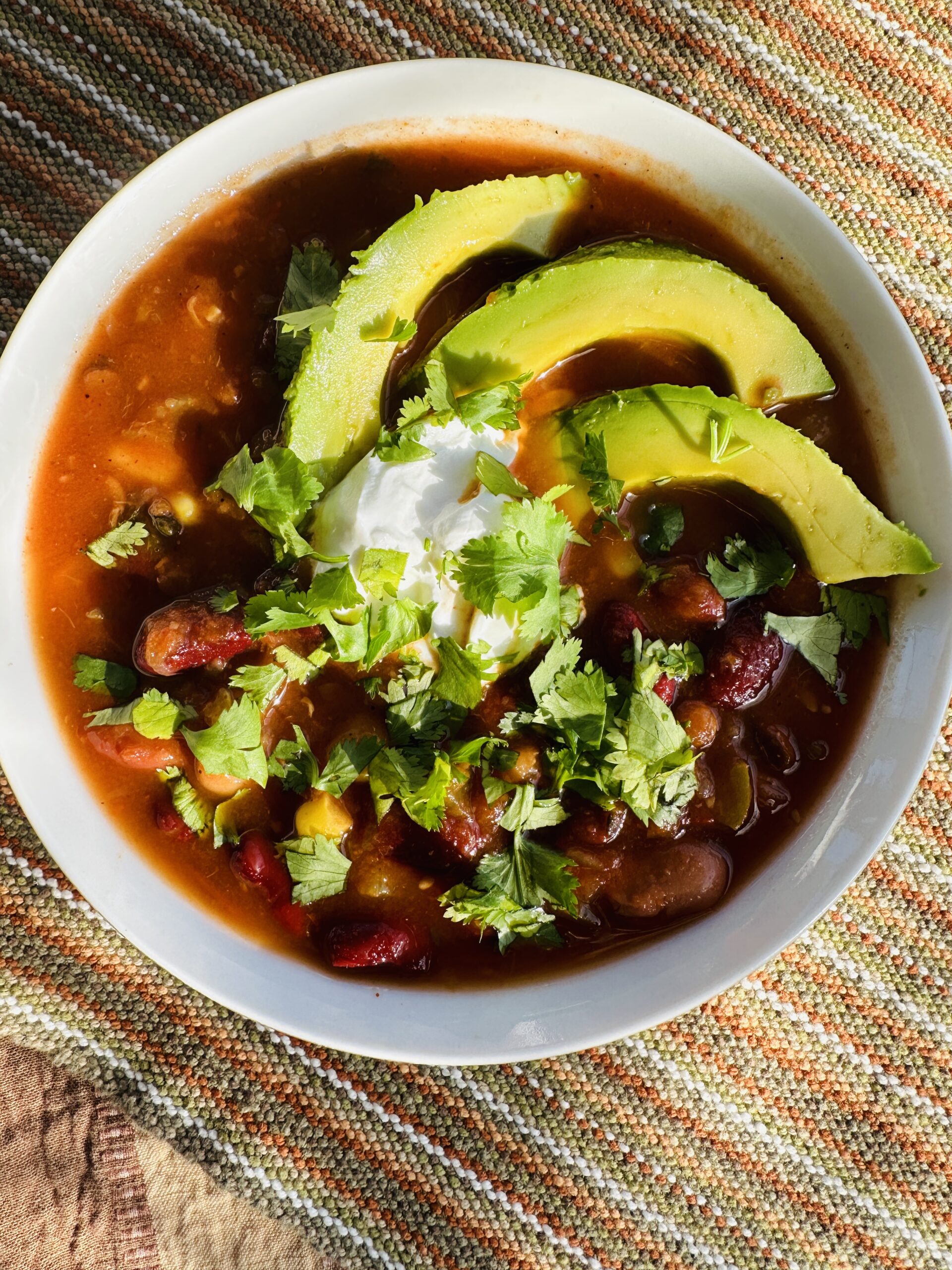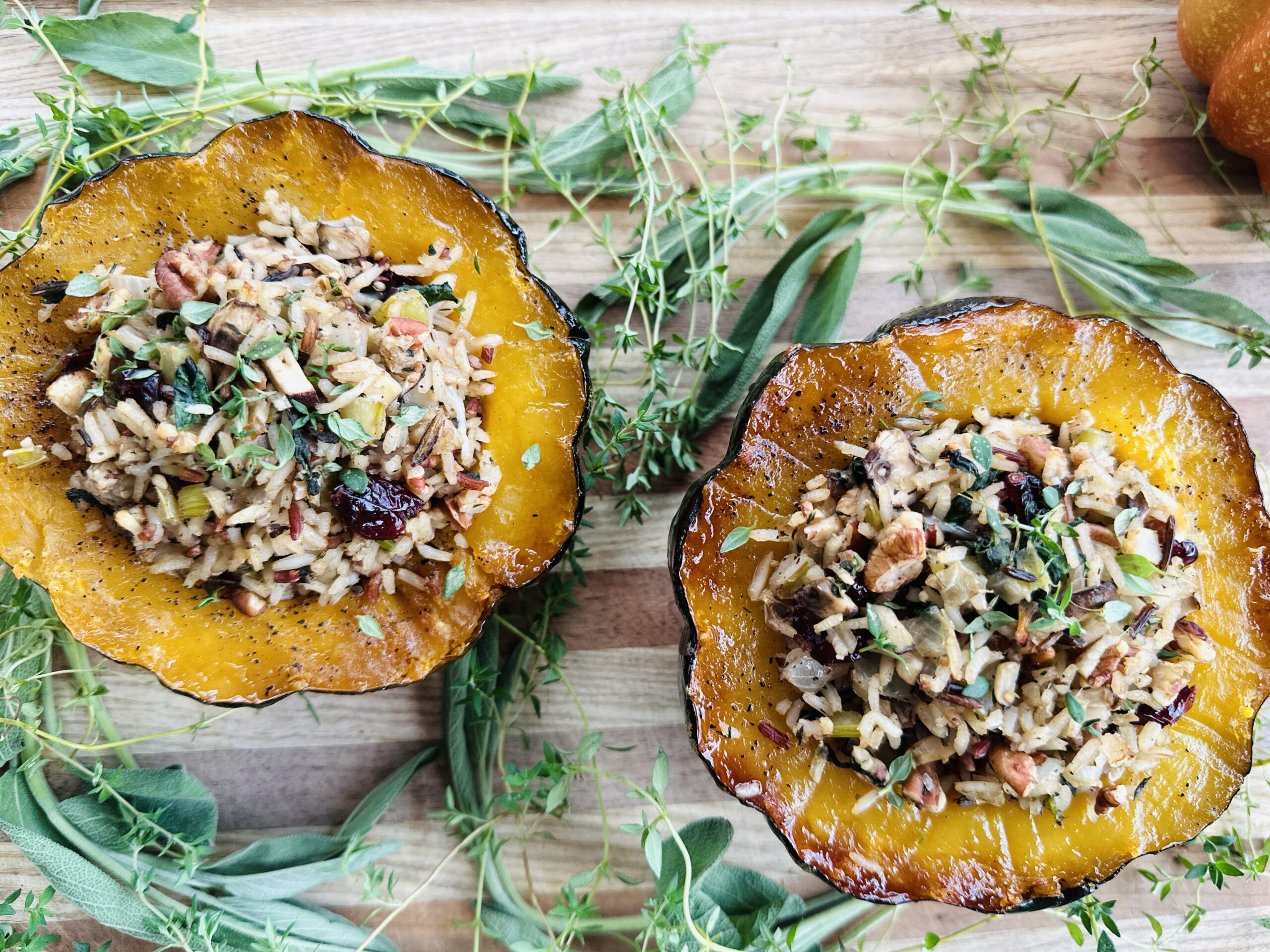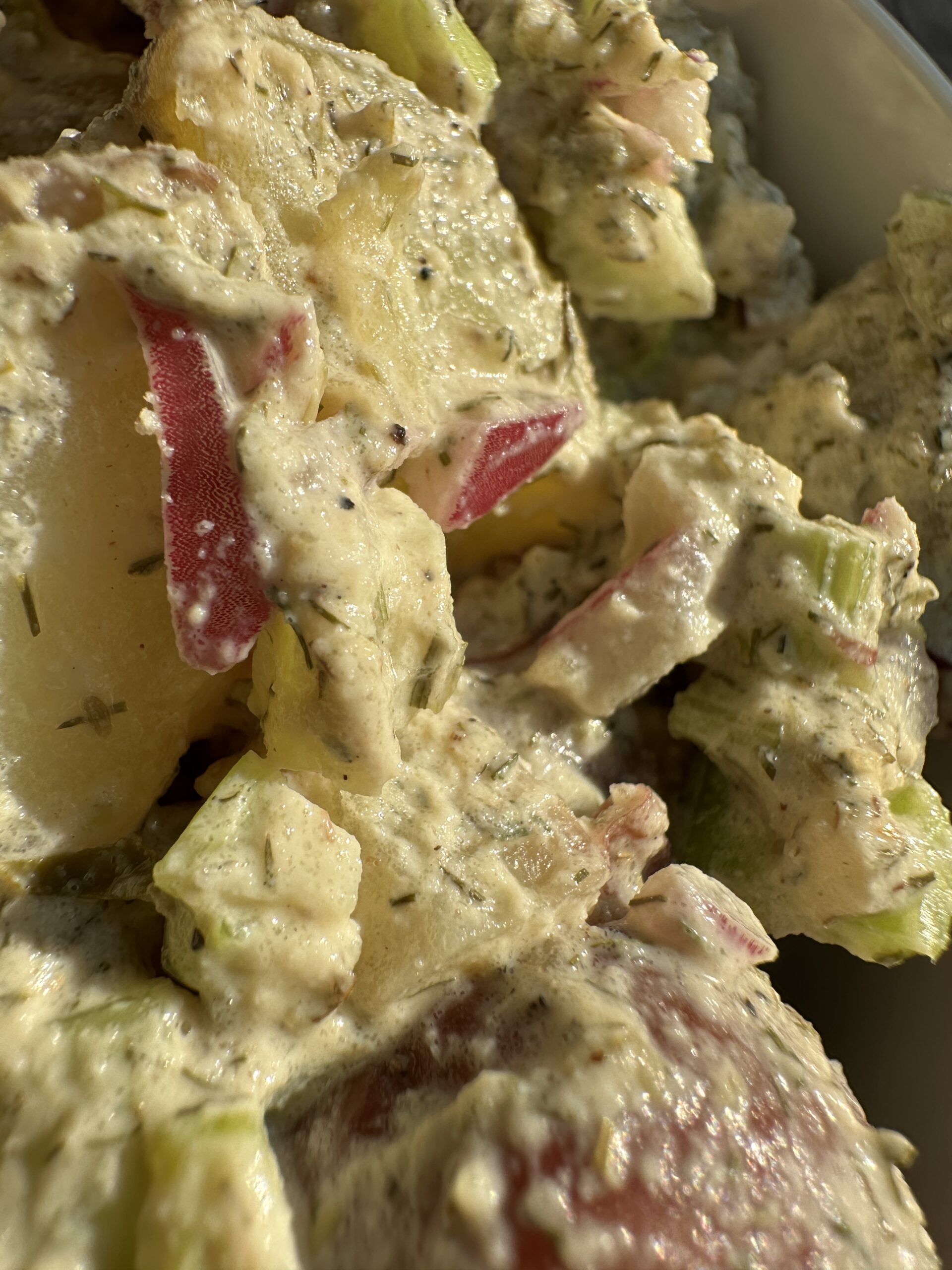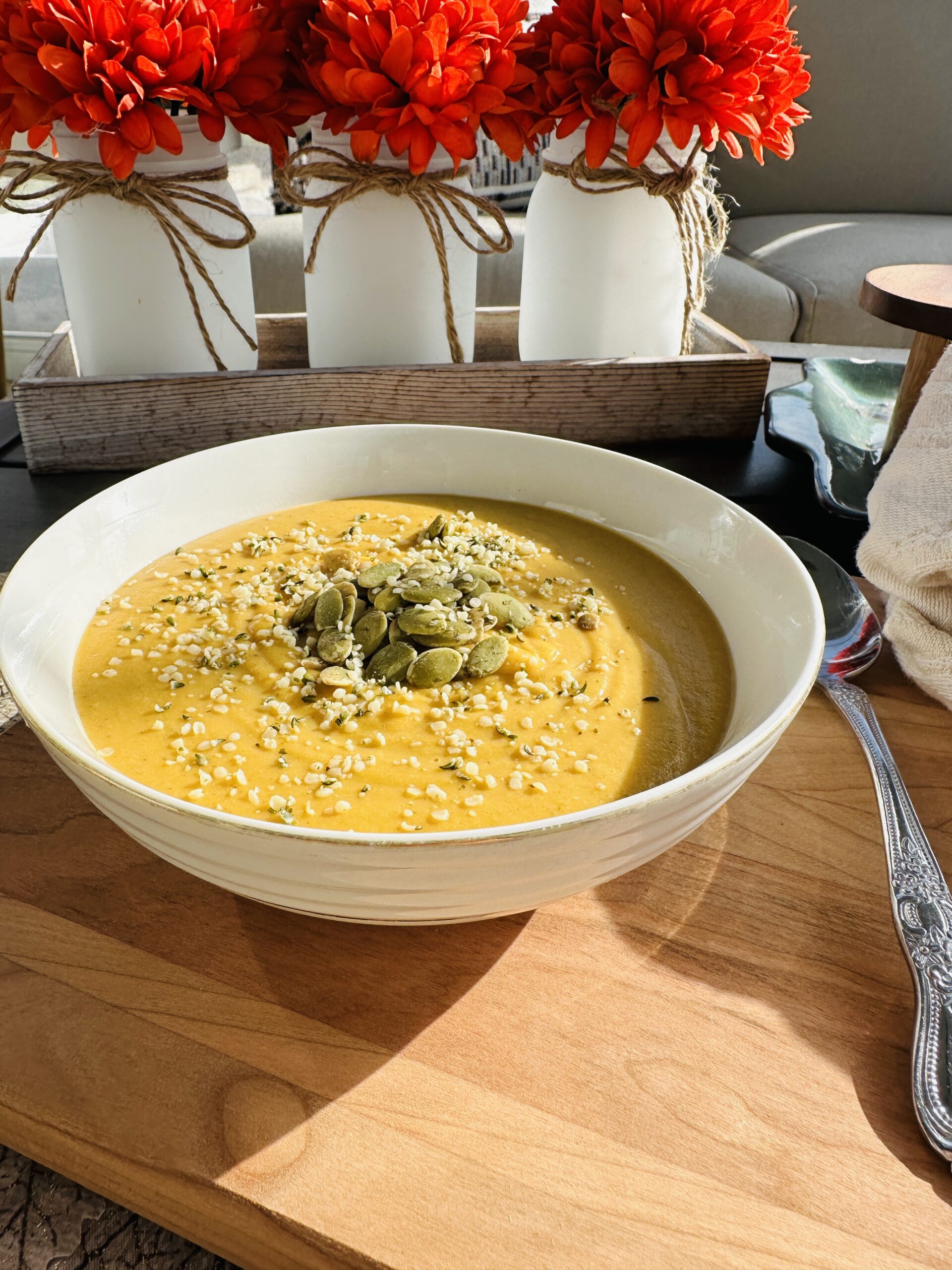Tripple Berry Chia Pudding Dessert
Naturally sweetened chia pudding is layered between a fresh pudding layers of blueberry, raspberry and strawberry, then topped with a slightly salty walnut oat topping. If you are looking for a dairy free, refined sugar free , low-fat, layered pudding dessert, this ones for you!
What Is Chia Pudding?
Chia pudding is a creamy and nutritious dessert or breakfast dish made with chia seeds. Chia seeds are small, nutrient-dense seeds that absorb liquid and form a gel-like consistency when mixed with liquid. This gelatinous property of chia seeds is what gives chia pudding its unique texture.
To make chia pudding, you typically combine chia seeds with a liquid of your choice, such as milk (dairy or plant-based), yogurt, or fruit juice. The ratio of chia seeds to liquid can vary depending on the desired consistency, but a common ratio is around 1/4 cup of chia seeds to 1 cup of liquid.
After mixing the chia seeds and liquid together, you let the mixture sit for a while, usually for a few hours or overnight, to allow the chia seeds to absorb the liquid and thicken. During this time, the chia seeds expand and create a pudding-like consistency. Some people prefer to stir the mixture a few times during the setting period to prevent clumping.
Chia pudding can be enjoyed plain or customized with various flavors and toppings. Common additions include sweeteners like honey, maple syrup, or vanilla extract, as well as fruits, nuts, seeds, or spices like cinnamon.
Chia pudding is often praised for its nutritional benefits. Chia seeds are a good source of fiber, omega-3 fatty acids, protein, and various vitamins and minerals. The fiber and healthy fats in chia seeds contribute to a feeling of fullness and can support digestion and heart health.
What Is Refined Sugar?
I mentioned above that the berry layers are dairy and refined sugar free. So what is refined sugar anyway? Why choose unrefined? Are either good for us? Let’s unpack that shall we?
Refined sugar and unrefined sugar are two different types of sugar that undergo different processing methods. Here’s an overview of each:
Refined Sugar: Refined sugar, also known as white or granulated sugar, undergoes extensive processing to remove impurities and molasses, resulting in a highly refined and crystallized product. The process involves extracting sugar from sources such as sugarcane or sugar beets, followed by purification, clarification, and bleaching. This refining process strips away most of the natural minerals, vitamins, and fiber present in the original source.
Unrefined Sugar: Unrefined sugar, also referred to as natural or raw sugar, undergoes less processing and retains more of its natural molasses and trace minerals. Unrefined sugars can be derived from various sources, including sugarcane, coconut palm sap, or fruits like dates. Common types of unrefined sugar include brown sugar, turbinado sugar, demerara sugar, and coconut sugar. These sugars are generally less processed and have a coarser texture, with colors ranging from light brown to dark brown.
Unrefined sugars are often favored by some individuals due to their less processed nature and potential higher mineral content compared to refined sugar. However, it’s important to note that the differences in mineral content are generally minimal and not significant enough to provide substantial nutritional benefits.
It’s worth mentioning that while unrefined sugars may offer slightly different flavors or textures, they still contain calories and should be consumed in moderation as part of a balanced diet. Both refined and unrefined sugars provide the same amount of calories per gram.
When it comes to overall health, reducing the consumption of added sugars, whether refined or unrefined, is generally recommended. Excessive intake of added sugars has been associated with various health issues, including obesity, diabetes, and dental problems. It’s advisable to limit your overall sugar intake and prioritize whole foods that offer natural sweetness, such as fruits, instead of relying heavily on added sugars in any form.
As always, it’s a good idea to consult with a registered dietitian or healthcare professional for personalized advice on sugar intake and making informed choices based on your individual health needs.
This recipe uses Organic Agave, Pure Maple Syrup, and Monk Fruit In The Raw. I also used some Powdered Monk Fruit Sugar for the berry filling to help thicken it. You could use just one of these unrefined sugars throughout, but if you did so I would choose the Monk Fruit in the Raw.
Can I Use Other Berries?
Yes! For this recipe I use blueberries, raspberries and strawberries. I liked how they were a red and blue layer against the white chia pudding. This was perfect for a Fourth of July picnic theme. Other berries I might try would be blackberries, boysenberries, or even gooseberries. Or combine different berries in each layer.
I haven’t tried it, but I would even go so far as doing a banana layer, or even a mango pineapple layer. You could theme this dessert however you want. Any fruit, especially berries are superfoods packed into this delicious, not so guilty dessert. If you are interested in any of my other not so guilty desserts, look no further. Click the links below!
Chickpea Chocolate Chip Cookies
Vegan Raspberry Cheesecake Minis
Now, let’s get to the recipe!
~Lora
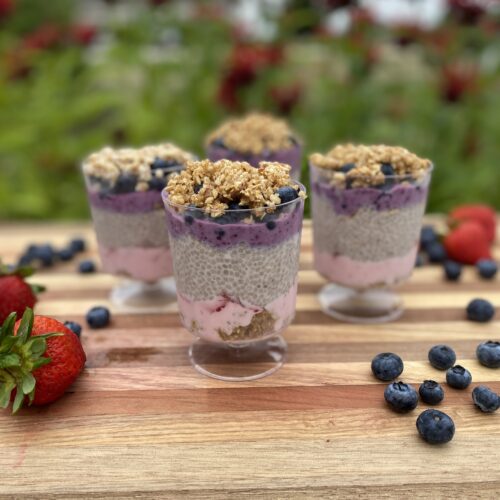
Tripple Berry Chia Pudding Dessert
Ingredients
For The Berry Mousse (Repeat separately for strawberry/blueberry layer)
- 1 cup sliced strawberries
- 1 cup raspberries
- 1 cup blueberries
- 2 Tbsp lemon juice
- ¼ cup agave nectar
- 1 teaspoon agar agar powder
- ¾ cup chickpea aquafaba*
- 2 Tbsp agave nectar
- 2 Tbsp vanilla extract
- ½ teaspoon lemon juice
- ½ cup monk fruit powdered sugar
- ½ cup canned coconut milk (solid part)
For The Chia Pudding Layer
- 1 cup chia seeds
- 4 cups vanilla almond milk
- ½ cup maple syrup
- 1 Tbsp almond extract
For The Walnut Oat Crumble
- 1 Tbsp coconut oil solid
- 1 Tbsp maple syrup
- ½ cup organic whole wheat flour
- ½ cup rolled oats
- ½ teaspoon cinnamon
- ¼ teaspoon salt
- ¼ cup finely chopped walnuts
Instructions
For The Berry Mousse Layer
- In a small saucepan, add raspberries and strawberries with lemon juice, agave, and agar agar powder.
- Bring to boil and reduce heat to simmer for 10 minutes. Stir occasionally mashing berries at the same time.
- Remove from heat and allow to cool.
For The Cream Mix In
- In the meantime, place aquafaba, lemon juice, agave, vanilla, and powdered sugar in a mixing bowl.
- Beat mixture at high speed for 5-10 minutes or until peaks start to form.
- Add coconut milk and beat for a minute more. Mixture will deflate and that's ok. You should have a nice creamy consistency.
- Place cream in refrigerator until further use. This should have made about 2 cups worth which will be divided into each berry mixture.
- In a medium bowl, whisk together raspberry/strawberry mixture with 1 cup of cream mixture. Cover with plastic wrap and refrigerate at least 4 hours.
- Repeat steps for the berry mousse this time using the blueberries. Once cooled whisk together blueberry mixture with remaining 1 cup of cream mixture. Cover and refrigerate at least 4 hours.
For The Chia Pudding Layer
- Add all ingredients to a large mixing bowl and give it a few good whisks.
- Allow to sit for about 5 minutes, and then whisk again to break up any clumps of chia seeds that may have settled.
- Cover and refrigerate for at least 4 hours.
For The Walnut Oat Crumble
- Preheat oven to 350℉
- Combine all ingredients into a medium bowl.
- Cut in the dry ingredients with the oil using a pastry knife.
- Spread mixture onto a parchment lined baking sheet and bake for 5-8 minutes or until light golden brown. Keep watch because it can burn easily!
- Remove from oven and allow to cool completely.
To Assemble
- Using a large glass bowl or individual clear cups, make even layers of:Walnut CrumbleRaspberry/Strawberry layerChia pudding layerBlueberry layerWalnut Crumble

